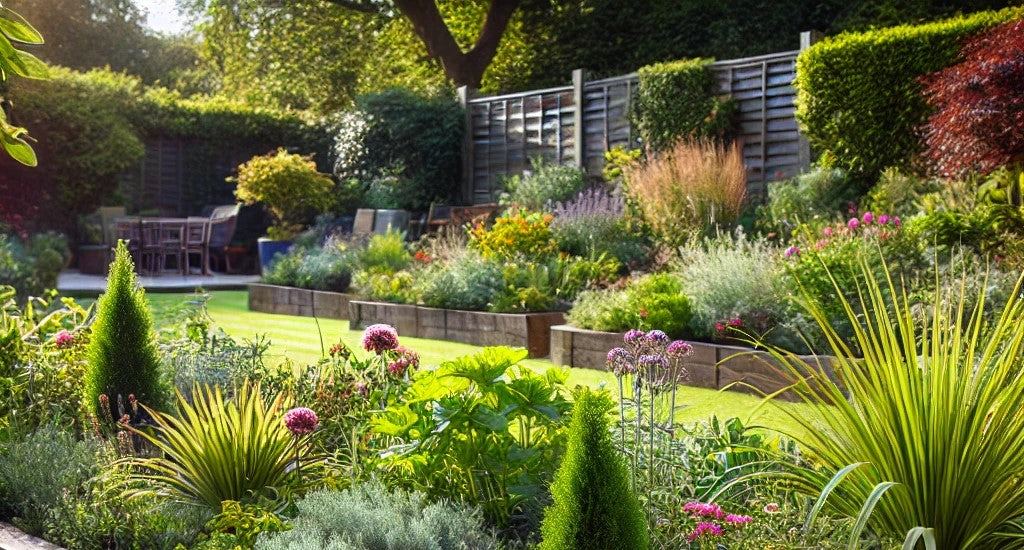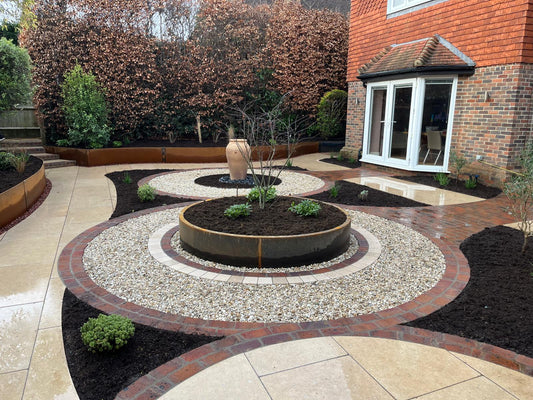
What Timber Should You Use for Raised Beds?
What Wood Should You Use for Raised Beds?
Building raised garden beds is an excellent way to grow flowers, herbs, and vegetables in a controlled environment. The material you choose for your raised beds significantly impacts their durability, safety, and aesthetic. Among the many options available, wood remains a popular choice. Here's a guide to help you decide which type of wood to use for your raised beds.
Key Considerations When Choosing Wood
Before selecting a wood type, consider these factors:
- Longevity: The wood should resist decay and rot to ensure your raised bed lasts for years.
- Safety: For growing edibles, avoid treated wood that might leach harmful chemicals into the soil.
- Cost: Balance durability with affordability.
- Sustainability: Opt for wood sourced from sustainably managed forests when possible.
Top Choices for Raised Bed Wood
- Cedar
Why it's great: Cedar is naturally rot-resistant and contains oils that deter insects. It weathers beautifully over time, developing a silvery-grey patina.
Lifespan: 10–15 years, depending on exposure.
Cost: Higher upfront cost but worth the investment for its longevity.
Tip: Look for Western Red Cedar or Eastern White Cedar.
- Douglas Fir
Why it's great: Douglas Fir is a more affordable alternative to cedar and still offers moderate rot resistance.
Lifespan: 5–10 years with proper care.
Cost: Budget-friendly.
Tip: Apply a non-toxic sealant to extend its life.
- Redwood
Why it's great: Like cedar, redwood is naturally resistant to rot and insects. It also has a beautiful appearance, ideal for decorative raised beds.
Lifespan: 10–20 years.
Cost: Comparable to cedar, sometimes higher.
Tip: Use heartwood (the darker, denser part) for better durability.
- Green Oak
Why it's great: Green oak is incredibly durable and has a rustic charm. It is often used in larger, more robust garden designs.
Lifespan: 10–20 years, depending on soil moisture levels.
Cost: Moderate to high, depending on sourcing.
Tip: Ensure green oak boards are thick to avoid warping as they dry.
- Larch
Why it's great: Larch is another naturally durable wood with excellent rot resistance. It's an eco-friendly option, as it’s often sourced from European forests.
Lifespan: 10–15 years.
Cost: Mid-range.
Tip: Avoid overly knotty boards for structural integrity.
What About Treated Wood?
Pressure-treated wood is a tempting option due to its cost-effectiveness and long lifespan. However, older treatments often contained arsenic, which can leach into soil and pose health risks for edible plants. Modern treated wood uses safer chemicals, but many gardeners still prefer untreated wood to avoid any potential concerns.
If you decide to use treated wood:
- Line the interior with heavy-duty plastic to act as a barrier.
- Ensure it's certified for garden use.
Sustainability Matters
When possible, choose wood certified by organizations like the UKTR and FSC (Forest Stewardship Council). This ensures that the timber comes from responsibly managed forests. Repurposed or reclaimed wood is another sustainable option, but inspect it for contaminants or old treatments that could harm your soil.
Maintenance Tips for Wooden Raised Beds
- Seal the wood: Use a natural, food-safe wood sealant to protect against moisture.
- Raise the bed slightly: Avoid direct contact with soil by placing the bed on gravel or stones.
- Reinforce joints: Use rust-resistant screws or brackets for added stability.
- Regular inspections: Check for signs of decay or pests annually.
Alternatives to Wood
While wood is traditional, other materials like steel (e.g., Corten steel), stone, or composite may offer greater durability or aesthetic appeal. For those considering longevity and minimal maintenance, steel edging and raised beds, such as those offered by Garden Edging Online, are an excellent choice.
Conclusion
The right wood for your raised bed depends on your budget, style preferences, and commitment to maintenance. Cedar, Douglas Fir, and Redwood are all excellent choices, offering a mix of durability, beauty, and safety for your garden. By prioritizing sustainable and untreated options, you can ensure your raised beds thrive for years to come.
Looking for a durable and modern alternative to wooden raised beds? Explore our steel edging systems and raised beds at Garden Edging Online. Built to last, they combine functionality with sleek design, perfect for any garden.



